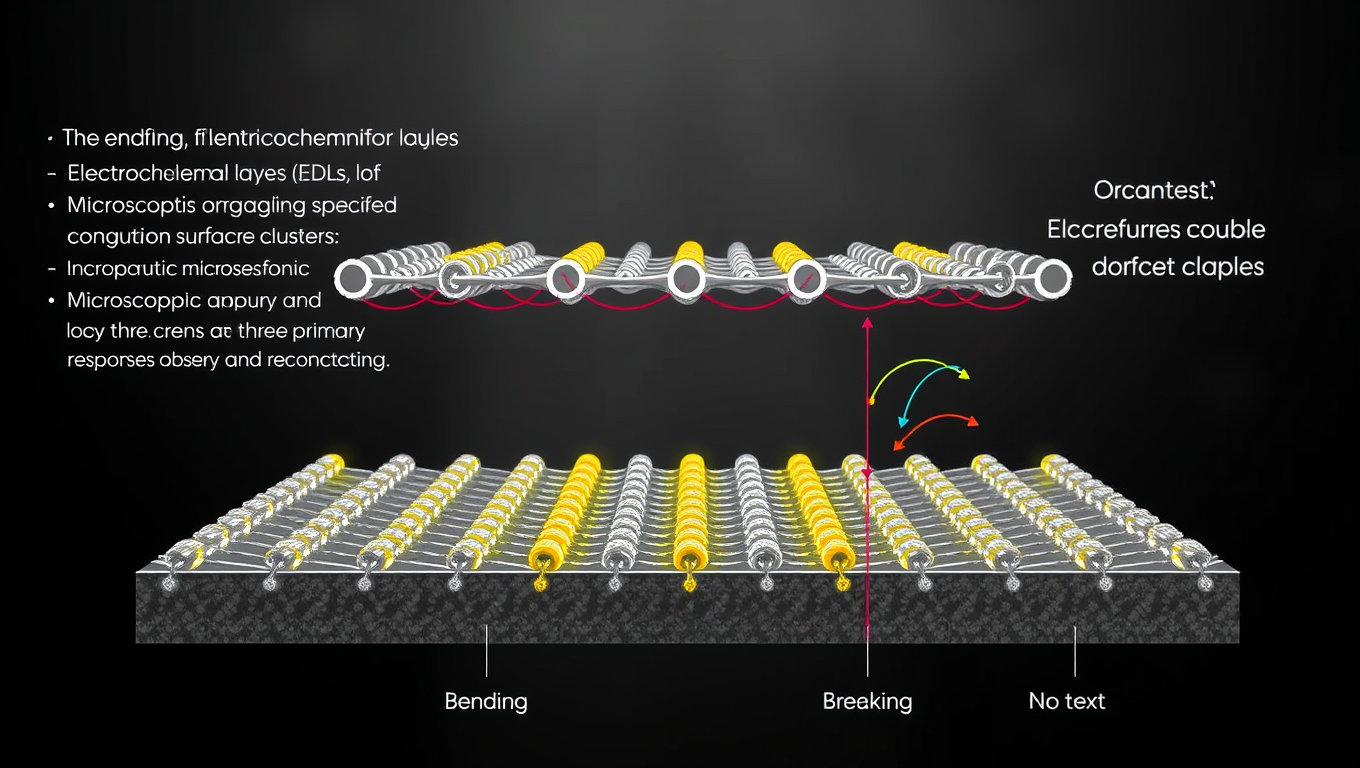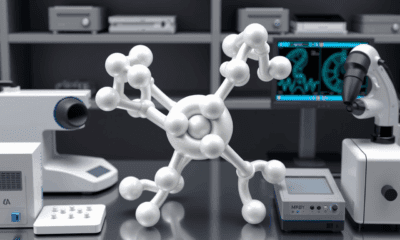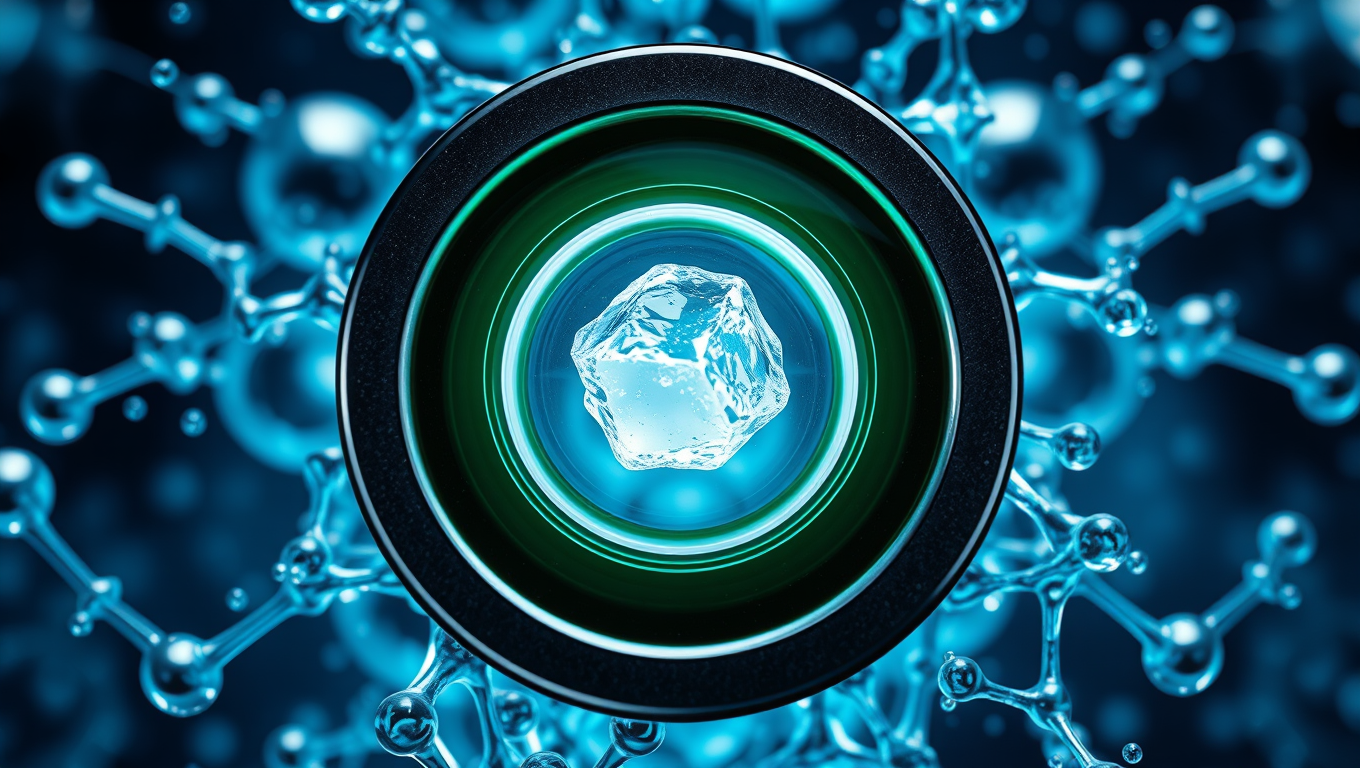While we try to keep things accurate, this content is part of an ongoing experiment and may not always be reliable.
Please double-check important details — we’re not responsible for how the information is used.
Batteries
Unlocking Battery Secrets at the Atomic Scale
Scientists have cracked open a mysterious layer inside batteries, using cutting-edge 3D atomic force microscopy to capture the dynamic molecular structures at their solid-liquid interfaces. These once-invisible electrical double layers (EDLs) twist, break, and reform in response to surface irregularities phenomena never seen before in real-world battery systems. The findings don t just refine our understanding of how batteries work at the microscopic level they could fundamentally change how we build and design next-generation energy storage.

Batteries
“Reviving ‘Dead’ Batteries: The Path to a Greener Future”
Lithium battery recycling offers a powerful solution to rising demand, with discarded batteries still holding most of their valuable materials. Compared to mining, recycling slashes emissions and resource use while unlocking major economic potential. Yet infrastructure, policy, and technology hurdles must still be overcome.
Batteries
“Revolutionizing Energy Storage: AI-Driven Discovery of New Materials for Multivalent-Ion Batteries”
AI is helping scientists crack the code on next-gen batteries that could replace lithium-ion tech. By discovering novel porous materials, researchers may have paved the way for more powerful and sustainable energy storage using abundant elements like magnesium.
Automotive and Transportation
“Revolutionizing Battery Life: Scientists Uncover Secret to Making Aqueous Batteries Last 10x Longer”
A team at KAUST has revealed that the short lifespan of aqueous batteries is primarily due to “free water” molecules triggering harmful chemical reactions at the anode. By adding affordable sulfate salts like zinc sulfate, they significantly reduced this issue—boosting battery life over tenfold. The sulfate acts as a “water glue,” stabilizing the water structure and halting the energy-wasting reactions. Not only is this solution simple and cost-effective, but early results suggest it may be a universal fix for various types of metal-anode aqueous batteries.
-

 Detectors8 months ago
Detectors8 months agoA New Horizon for Vision: How Gold Nanoparticles May Restore People’s Sight
-

 Earth & Climate9 months ago
Earth & Climate9 months agoRetiring Abroad Can Be Lonely Business
-

 Cancer9 months ago
Cancer9 months agoRevolutionizing Quantum Communication: Direct Connections Between Multiple Processors
-

 Albert Einstein9 months ago
Albert Einstein9 months agoHarnessing Water Waves: A Breakthrough in Controlling Floating Objects
-

 Earth & Climate9 months ago
Earth & Climate9 months agoHousehold Electricity Three Times More Expensive Than Upcoming ‘Eco-Friendly’ Aviation E-Fuels, Study Reveals
-

 Diseases and Conditions9 months ago
Diseases and Conditions9 months agoReducing Falls Among Elderly Women with Polypharmacy through Exercise Intervention
-

 Chemistry9 months ago
Chemistry9 months ago“Unveiling Hidden Patterns: A New Twist on Interference Phenomena”
-

 Agriculture and Food9 months ago
Agriculture and Food9 months ago“A Sustainable Solution: Researchers Create Hybrid Cheese with 25% Pea Protein”





























